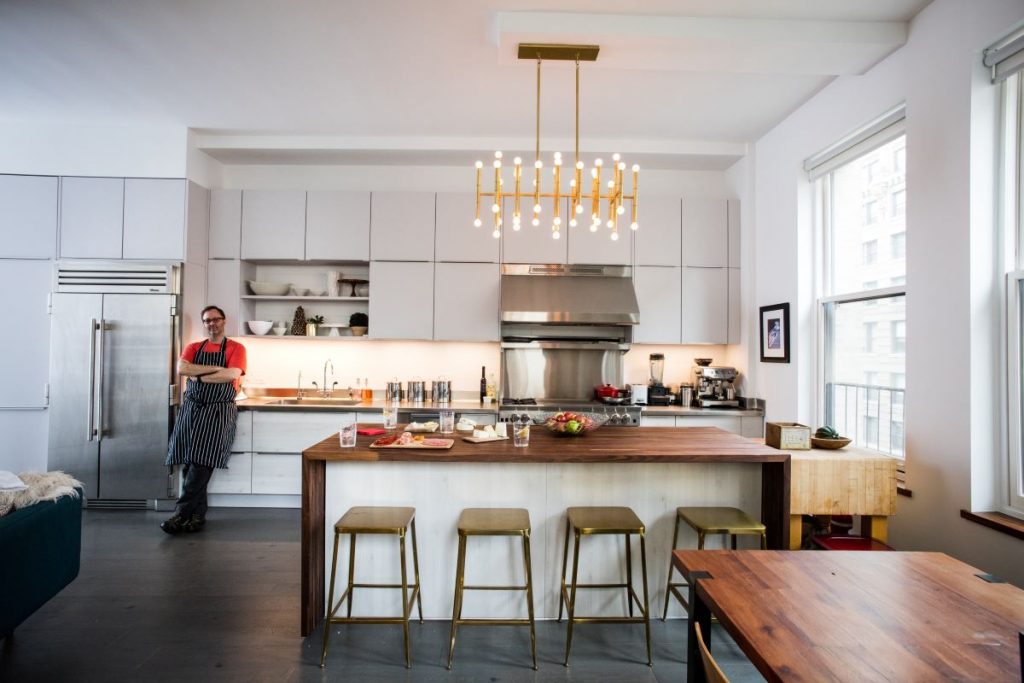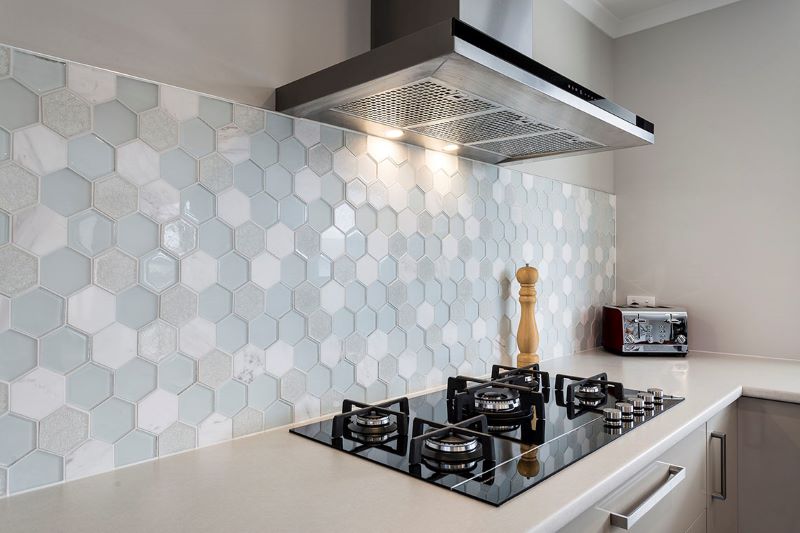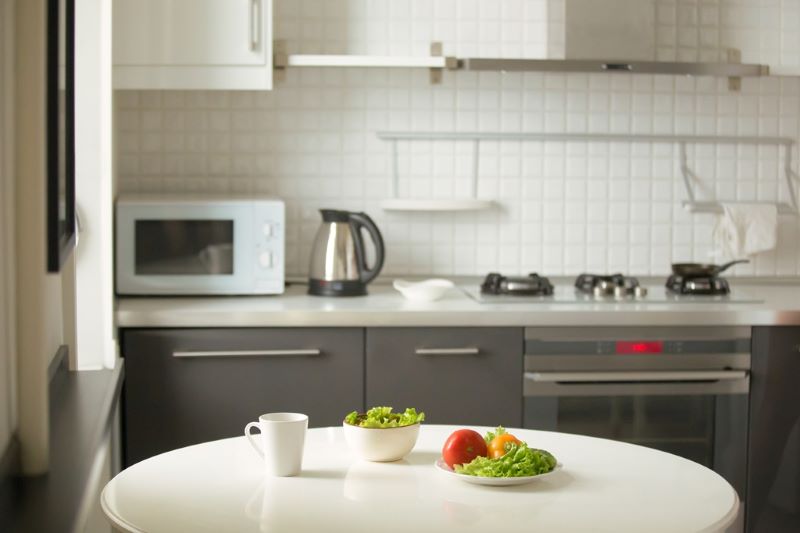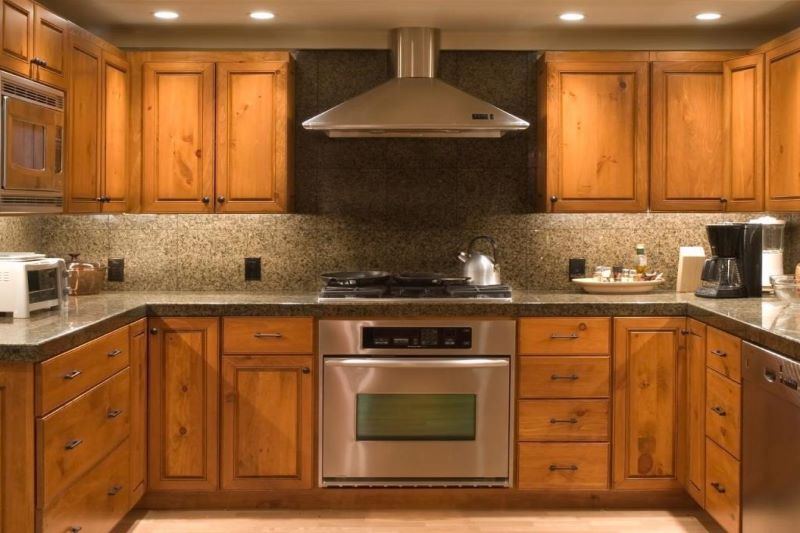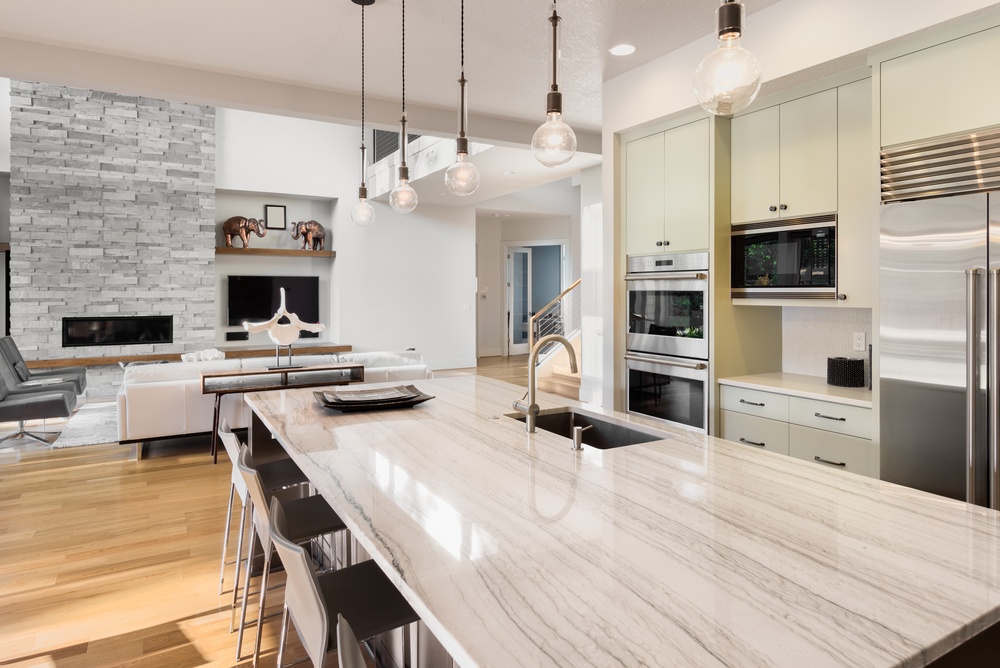Table of Contents
A kitchen island is a small table or standalone cabinet with counter space in the middle of the kitchen. From working counter space to extra storage space, a kitchen island gives the room more versatility. There are many benefits to adding a kitchen island.
When planning to add a kitchen island to an existing space, it’s essential to sit and map out what the island’s primary purpose will be. Islands often take up the slack on areas the kitchen is lacking. If the kitchen lacks storage space, the island will have plenty of room underneath for storing extra pans or shelving for food or spices. If the kitchen lacks preparation areas, the island could fulfill that purpose beautifully.
Benefits of an Island Storage
Kitchens that were built years ago didn’t concern themselves with adequate storage. Some older homes had pantries or other large pieces of furniture to hold essential cooking elements. The modern kitchen doesn’t have heavy, bulky pieces of furniture, but the need for extra storage is still as important as ever.
Seating
Families often have two working parents and to spend time with their children while cooking, they can add an island with seating. The children can sit on the island doing homework under the parent’s supervision. It can keep the family close, so they are not separated into other rooms throughout the house. Guests gravitate to the kitchen, and while the host is cooking, guests can congregate around the kitchen island for wine and conversation.
Counter space
Traditional counters are usually covered with appliances and containers leaving little room for food preparation. Above the counters are cabinets that block light and create dark pockets of shadows. A kitchen island can be used for more working counter space. It’s an open space that allows for proper lighting when cutting meat or vegetables.
Convenience
A proper kitchen workflow is crucial for busy families. There should be an easy path between the counters, stove, and refrigerator. If the flow is awkward, the island can be added to create a better work pattern that helps the cook become more efficient.
When the list is complete, and the benefits have been listed, it is time to search for specific types of kitchen designs. There are islands that have outlets for appliances, islands with an extra sink for washing produce, and islands with wine storage underneath for entertaining guests.
The size of the unit should be the first thing to consider. There should be 36 inches between the island, the appliances, and the countertops. This will give the kitchen proper flow and allow people to maneuver easily without cramping the space.
From stand-alone islands with wheels that can be moved for convenience to built-in islands with cooking space, grill, or sink, the choice is based on the homeowner’s preference and budget. There is an island to fit any budget or constraint such as floor space.
The choice of the island should fit in with the budget while enhancing the home’s value. A kitchen with an island is a huge selling point with homes that are on the market. Even if you recently bought your home, this is an important consideration for the future. Any changes should be made with an eye toward increasing the home’s value. A kitchen island is a perfect way to increase flexibility in the kitchen while increasing value.

